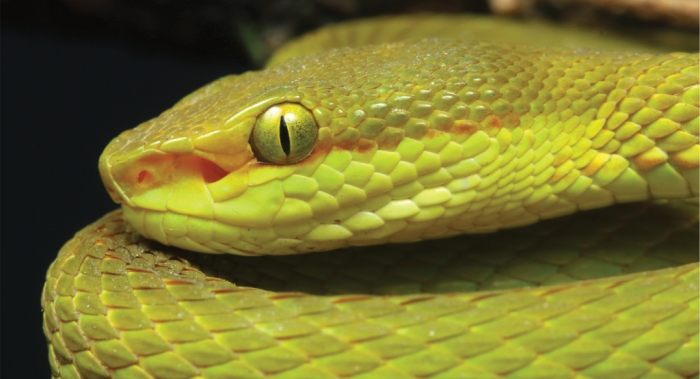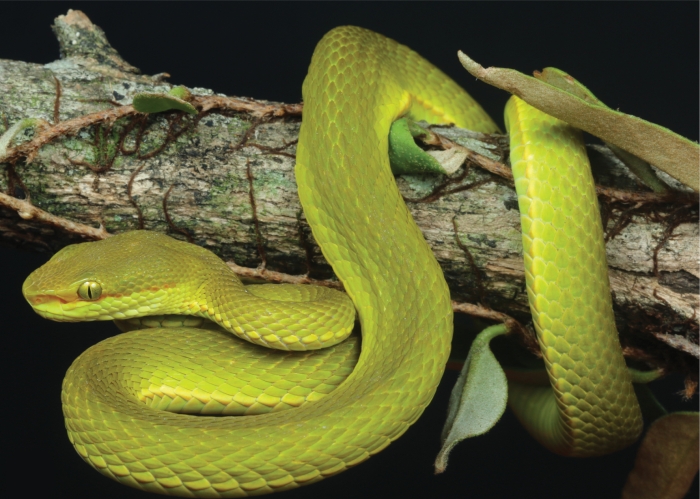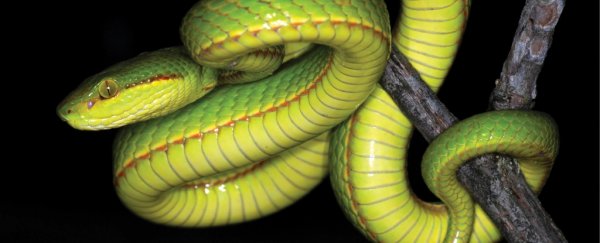A newly discovered serpent that resides in the forests of northeast India has been given, perhaps, the most apropos name from all of fiction. The gorgeous green snake is now known as Trimeresurus salazar - or Salazar's pit viper.
The eponymous character is, of course, the cunning founder of one of the four houses of Hogwarts in the Harry Potter series, the Parselmouth wizard Salazar Slytherin who could converse with snakes.
"The specific epithet is a noun in apposition for J.K. Rowling's fictional Hogwarts School of Witchcraft and Wizardry's co-founder, Salazar Slytherin," wrote researchers led by the National Centre for Biological Science of Bangalore, India, in a new paper.
Salazar's pit viper is the second newly discovered pit viper from a survey in the forests of Arunachal Pradesh, a biodiversity hotspot at the foot of the eastern Himalayas, and one that's under dire threat from human activity.
The reason for the discovery is not just that the region's biodiversity has been poorly documented; pit vipers can look a lot like each other, which means species diversity can be overlooked.
 A closeup of the male's head. (Mirza et al., ZSE, 2020)
A closeup of the male's head. (Mirza et al., ZSE, 2020)
In the case of Salazar's pit viper, the new species is one of around 50 in its genus of venomous snakes named for the heat-sensing pits in their head that they use to navigate and hunt. Many of these are similar shades of vivid green, with similar physical characteristics.
T. salazar, the researchers wrote, is most similar to T. septentrionalis, T. insularis, and T. albolabris. But when you look closely, there are a few key differences, including the number of teeth and the shape of the hemipenis. The male Salazar's pit viper also has a vivid orange stripe on its head.
 (Mirza et al., ZSE, 2020)
(Mirza et al., ZSE, 2020)
When the team collected and analysed the snakes' genomic DNA, this confirmed their assessment: Salazar's pit viper is indeed a distinct species.
It's not the only species to have a name inspiration from the wildly popular children's books. A wasp described in 2014 was named Ampulex dementor, after the creepy, soul-eating enforcers of Azkaban, the wizard prison; and a spider described in 2016 was named Eriovixia gryffindori, because it looks like a wizard hat.
These names aren't just for fun (although they are pretty fun). A catchy name can generate positive attention, which the researchers believe the Arunachal Pradesh hotspot badly needs.
"Future dedicated surveys conducted across northeastern India will help document biodiversity, which is under threat from numerous development activities that include road widening, agriculture, and hydro-electric projects," they wrote in their paper.
The research has been published in Zoosystematics and Evolution.
